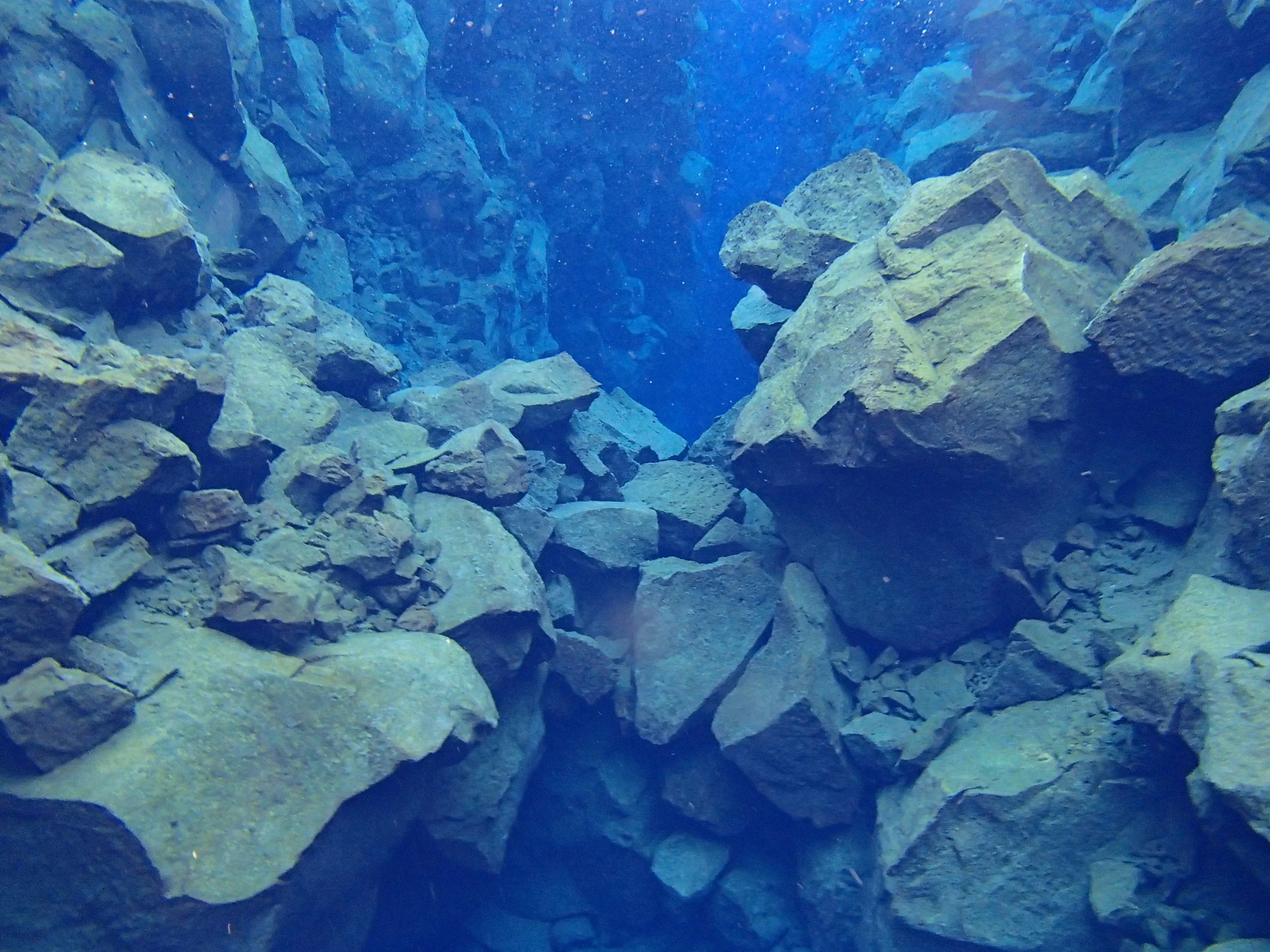Among other things, Iceland is an amazing place to visit because of its impressive geologic features. When traveling around the Ring Road, one can see lava fields, green rolling hills, tall mountains, moon-like black sand, lakes, ocean, rivers, and more all within a four hour span. Although Iceland has been formed by a plethora of events, the main factor in its creation has been its position on the mid-Atlantic Ridge in the Atlantic Ocean. The mid-Atlantic Ridge is the largest mountain range on the planet, invisibly stretching over 10,000 underwater miles. It is also the boundary of North American and Eurasian plates, which have been moving apart for over one hundred and fifty million years. This movement has caused a continuous flow of magma from the Earth’s core into the ocean, forming the Ridge, and Iceland itself. On a yearly basis, the plates continue to move approximately 2 centimeters further apart. As a result of this movement, in 1789, this pressure was released in the area now known as Þingvellir National Park with the creation of a series of rifts (fissures) in the surrounding region. After it was created by seismic activity, the main rift immediate filled with water from an underground aquifer, and is now known as the Silfra Fissure.


